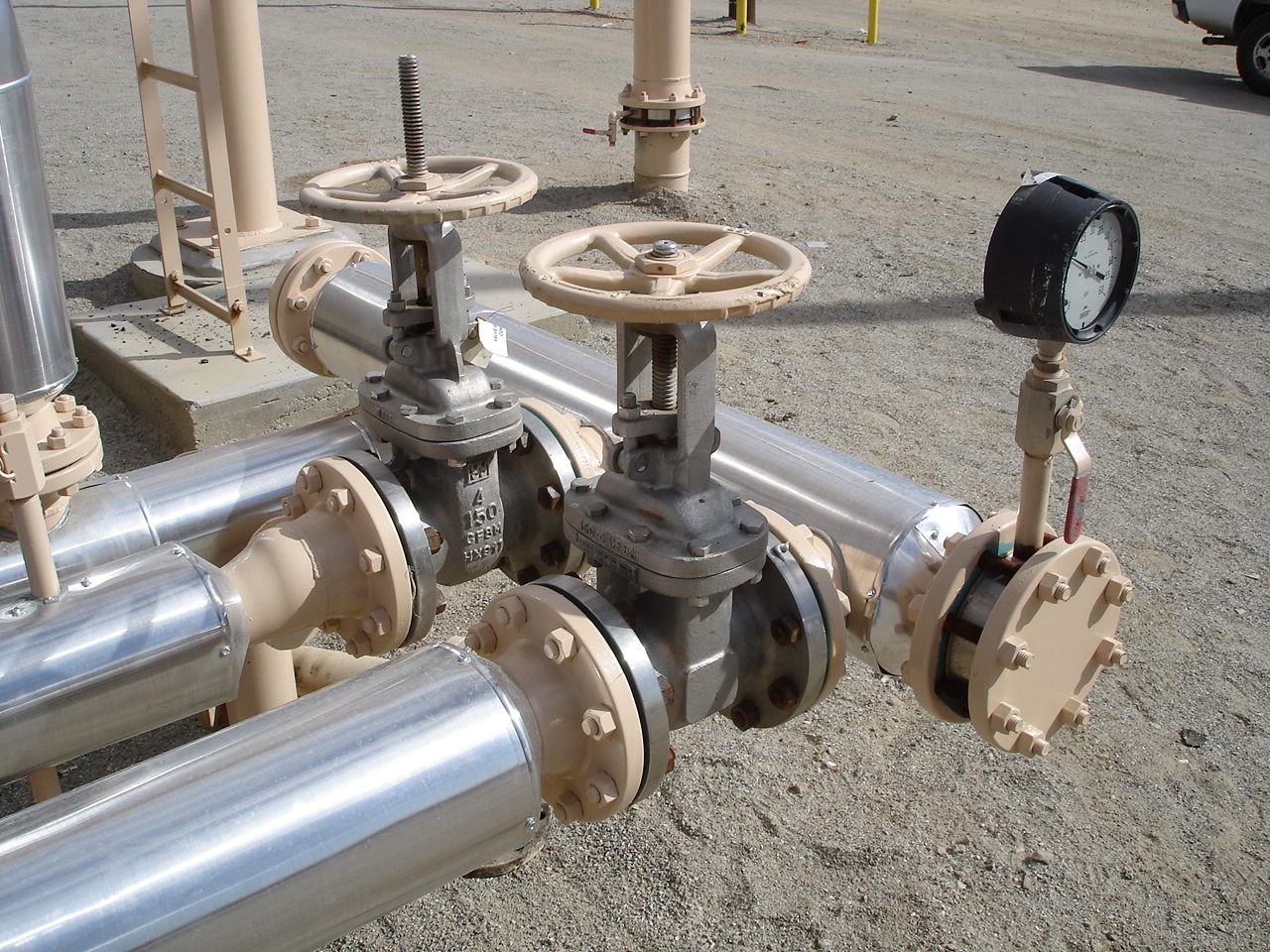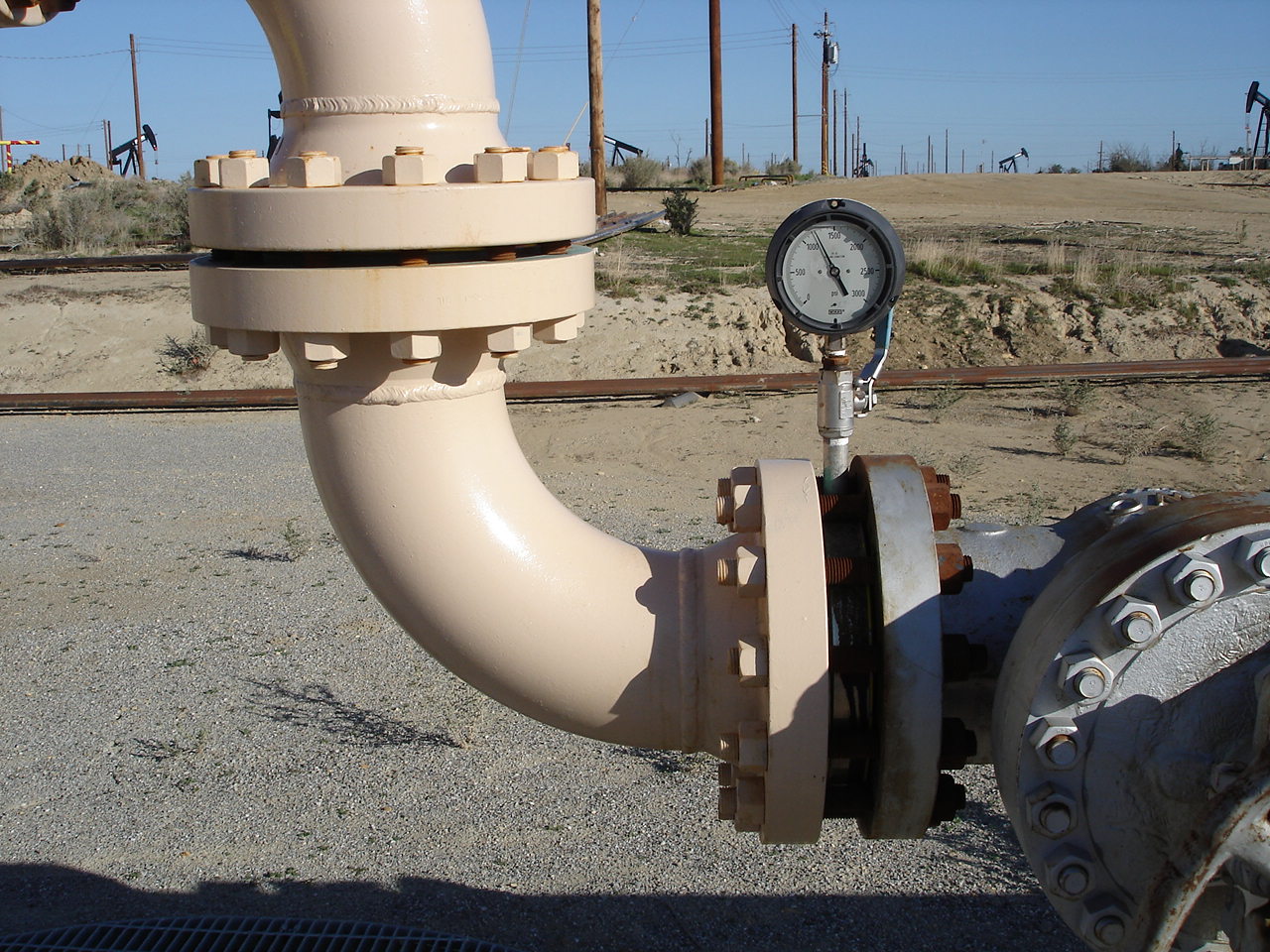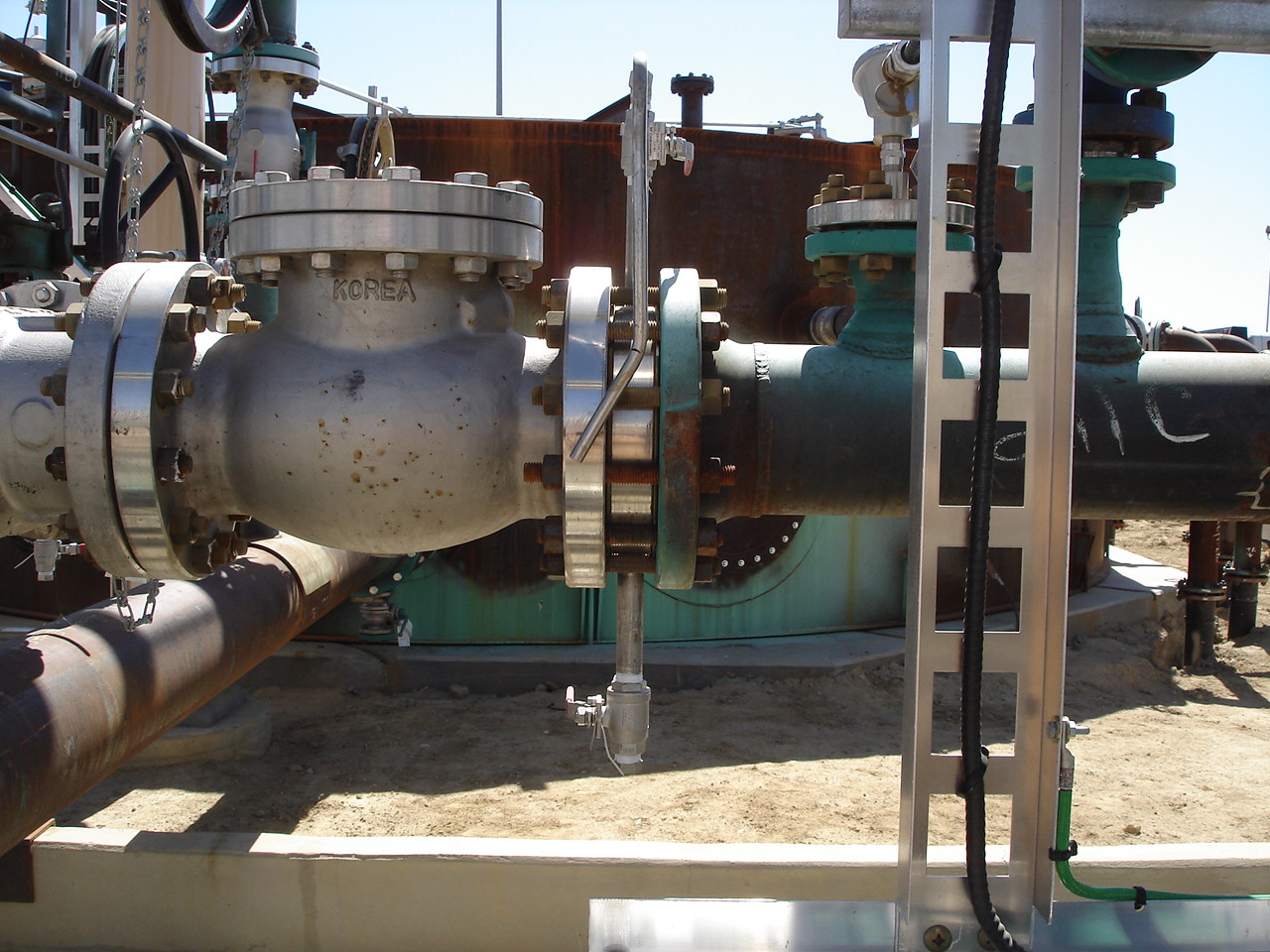Bleed Ring Datasheets |
|||
| Class | Bleed Ring Raised or Flat Face | Class | Bleed Ring Ring Tight Joint |
| ANSI 150 - 2500 | Bleed Ring - ANSI Class 150-2500 (in) | ANSI 150 - 2500 | Bleed Ring - ANSI Class 150-2500 RTJ |
A bleed ring is a ring section with one or more radial pipe connections designed to fit between standard flanges within the bolt circle, using conventional gasket material. The ring normally comes with a 3/4" tapped or 1/2" socket weld for connecting with valves and instruments. The face of the ring can also be made to matched with any flange type. A bleed ring has different sizes based on the ANSI flange rating of the process piping.

A bleed ring can be used instead of an orifice flange union. It is easier to install and cheaper than installing orifice flanges, especially in a brown field application. It comes in many different materials such as carbon steel, stainless steel, PVC, ect., depending on the use. They provide a convenient way of draining piping, taking samples, attaching instruments or even bleeding of a valve. When used with a valve and blind flange, it allows you to relieve the pressure if your valve is leaking before you remove the flange.
Bleed Ring Advantages and Disadvantages | |
|---|---|
| Advantages | Disadvantages |
|
|
Bleed Ring Standards
- ASME B16.5 - Pipe Flanges and Flanged Fittings: NPS 1/2 through NPS 24 Metric/Inch Standard
- ASME B16.20 - Metallic Gaskets for Pipe Flanges: Ring-Joint, Spiral-Wound, and Jacketed
- ASME B16.47 - Large Diameter Steel Flanges: NPS 26 Through NPS 60 Metric/Inch Standard
- ASME B16.48 - Line Blanks




